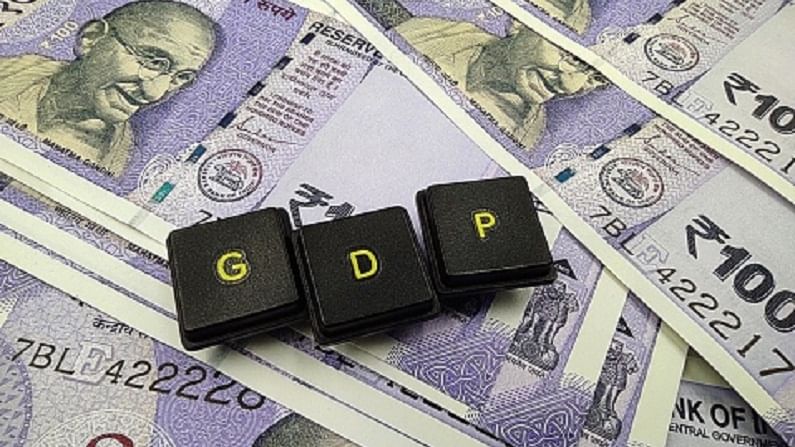Economy close to achieving escape velocity as effects of Covid-19 second wave wane: RBI
The economic recovery from the ravages of the Covid-19 pandemic has been fuelled by improvement on the supply side and industrial activities.

The prospects are brightening for the Indian economy as the second wave of the Covid-19 pandemic wanes, the Reserve Bank of India said in its monthly bulletin released on Thursday. The economic recovery from the ravages of the Covid-19 pandemic has been fuelled by improvement on the supply side and industrial activities while ‘aggregate demand is gaining firmer ground’, the RBI bulletin added.
“Prospects are brightening for the economy achieving escape velocity from the pandemic as the second wave wanes and preparedness for future remains on war-alert status. Aggregate demand is gaining firmer ground, while on the supply side, IIP and core industries mirror improvement in industrial activity and services sector indicators point towards sustained recovery,” the RBI said.
Improvement in economic activities
The core industries mirror improvement in industrial activity and services sector indicators point towards sustained recovery, the RBI bulletin mentioned while forecasting the bright prospect of the country’s economy. The core inflation is expected to ease gradually as the supply conditions are restored with productivity gains, the monthly ‘state of the economy’ report added.
Eyes on Inflation
The central bank also said that the trajectory of inflation was shifting down more quickly than previously anticipated. From 5.59% in July the inflation rate came down to 5.30% in August.
“The trajectory of inflation is shifting down more favourably than anticipated. As pandemic scars heal and supply conditions are restored with productivity gains, a sustained easing of core inflation can be expected, which will reinforce the growth-supportive stance of monetary policy,” the bulletin added.
The softening of prices of various food items is likely to extend into Q3 and contain the upside price pressures stemming from fuel and core prices on headline inflation. The task now is to consolidate these gains and carry them forward into Q4 as well, the bulletin mentioned indicating the steps needed to be taken for future.
Michael Patra, RBI Deputy Governor, on September 14 said that India’s inflation was unlikely to decrease dramatically. Patra added that the central bank’s monetary policy would be determined by the outlook on growth and inflation, adding further that the economy was emerging from the second wave of Covid-19 in a manner that was more resilient than it did after the first wave of the Covid-19 pandemic.
Last month, the central bank’s Monetary Policy Committee (MPC) had voted to keep the policy repo rate unchanged at 4%.